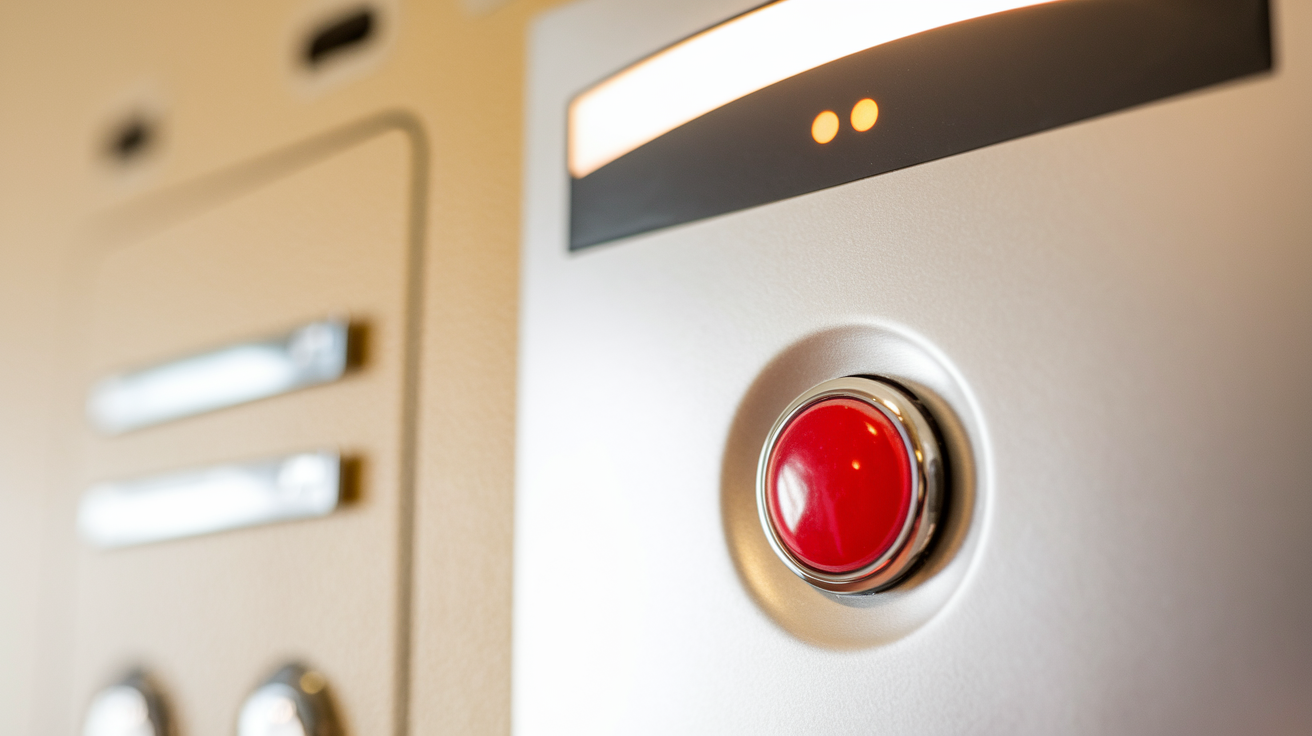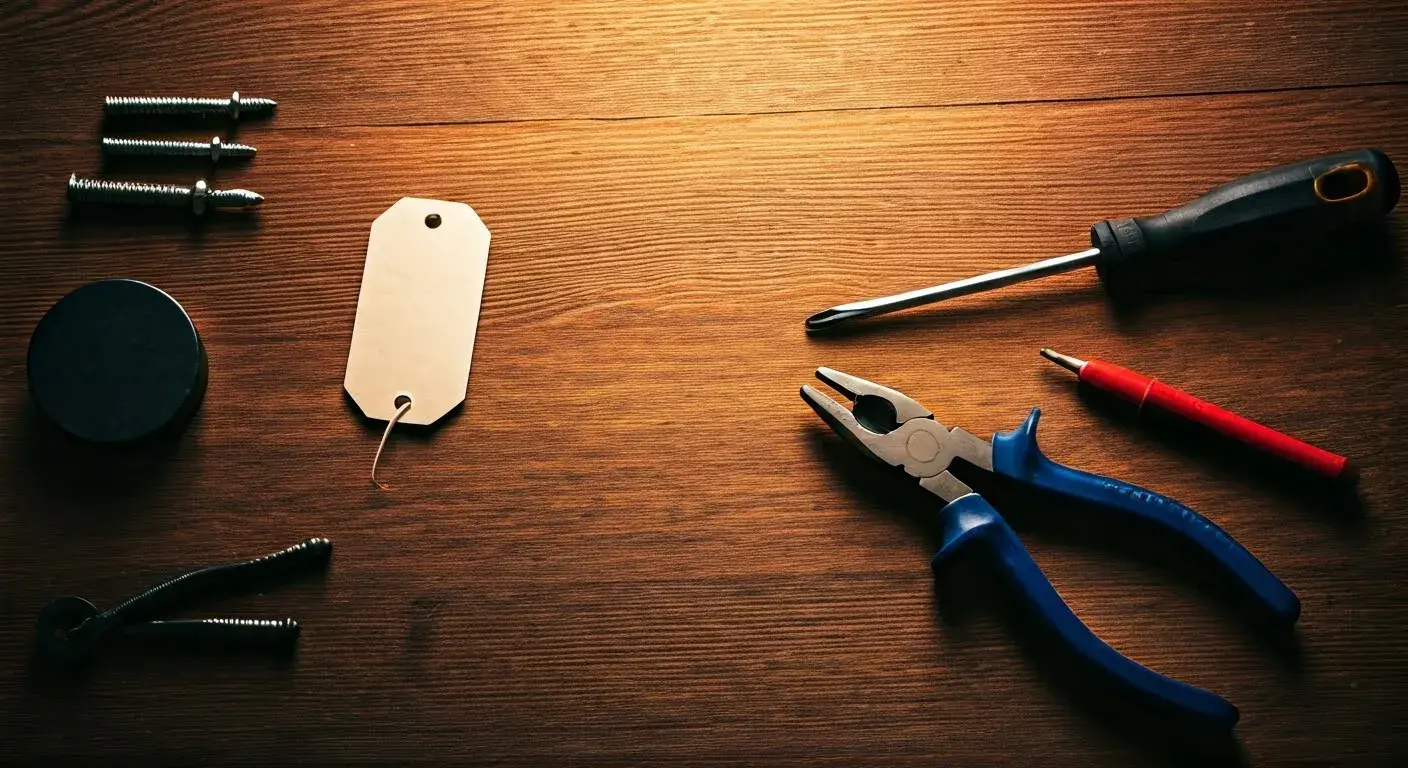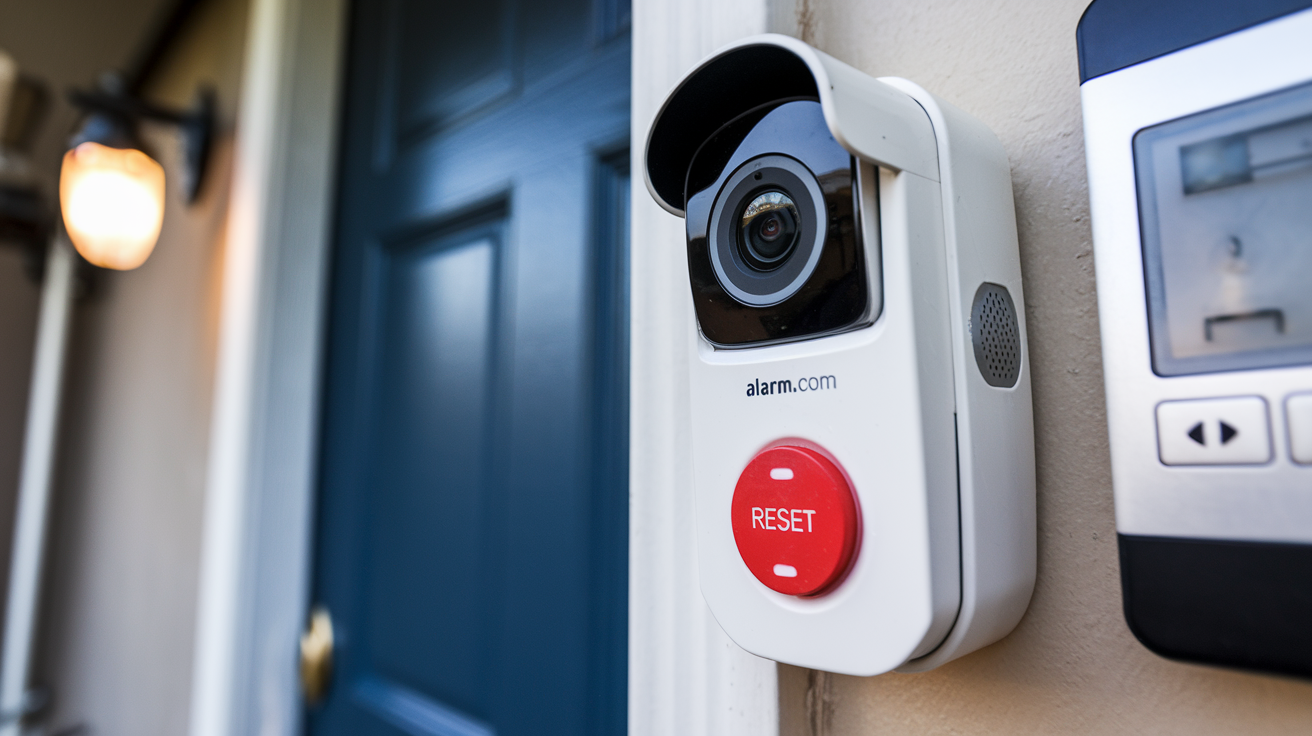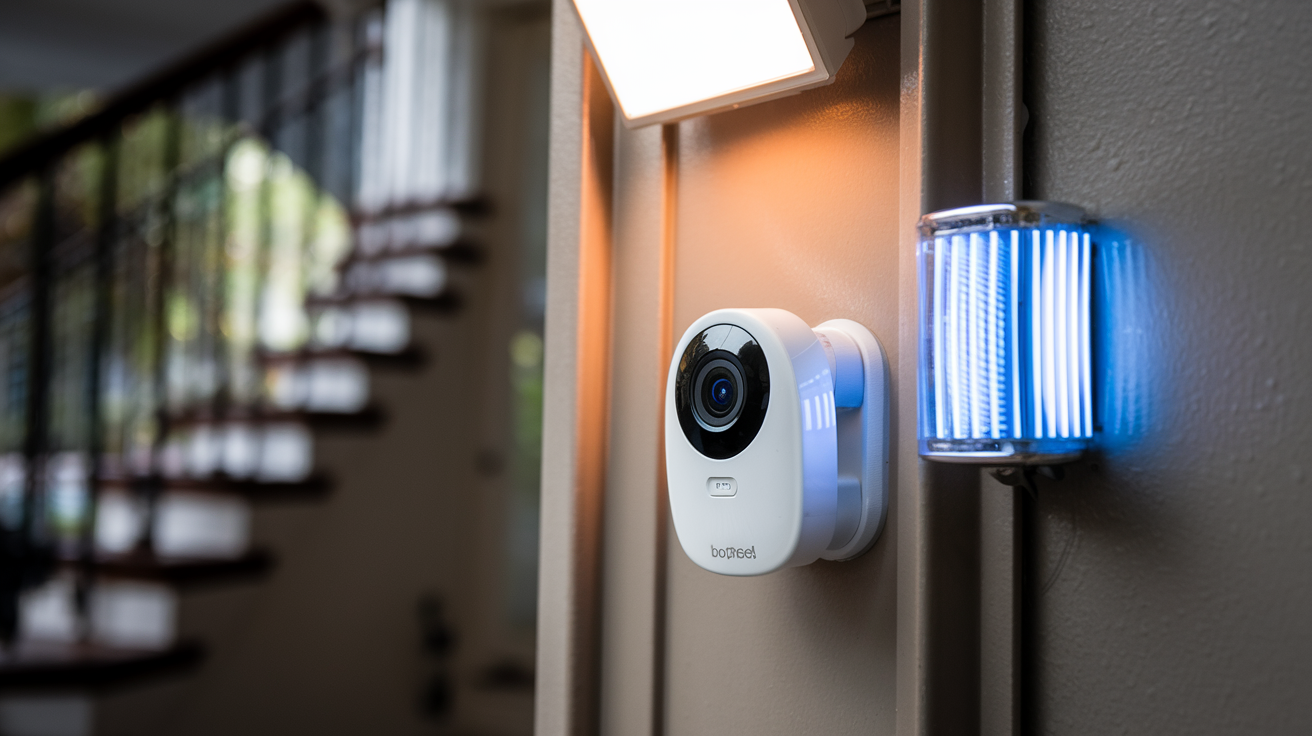It is always recommended that a Home Security System be professionally installed to get the maximum benefit out of the system as well as to make sure the system works properly. But there are moments when you may want to disconnect the system: if you are changing your residence, upgrading parts, or altering the provider of the alarm service. Self-disconnecting the home alarm system may appear like a very daunting task, but it will not be such a big issue if one is to take the whole procedure in small stages.
Before proceeding with its disconnection, it is necessary to inform the current alarm company about the intention to disconnect the equipment. Notification is usually needed by most companies so that they can change your account status, and will probably wish to reclaim any equipment that belonged to them or they rented to you. Inform them about your model and kindly request them any special procedure in the process of disconnecting it.
Assemble all the ingredients and equipment that will be required for the process. To disconnect sensors, motion detectors, control panels, and any other elements of the alarm system, you are going to require several types of basic tools and equipment. Useful items include:
- The first type includes flathead and Philips screwdrivers.
- Needle nose pliers
- Wire strippers
- Electrical tape
- Blank wall plates
- A notebook and pen for writing on wires
- A headlamp or a flashlight
If possible also have the instruction manual for your control panel handy. This will offer model-specific details on how to shut it down and disconnect it as a unit.
Turn Off the Power to the Control Panel This means that the main control panel of your home alarm system will have to be switched off before the other parts are disconnected. There must be a breaker switch labeled in your electrical box that relays power to the security system panel. Find this and turn it to the OFF position.
Or, find the transformer that converts high voltage AC power to low voltage DC power for the panel. Switch off the power by removing the plug from the socket.
Disable Backup Battery
Power backup is usually provided in most Control Panels by a battery backup that will keep the control panel functional for some time in the event of a power failure. This battery will need to be disconnected as well. There must be an unfastened cable fixed to the terminal or a battery that is removable and should be easily removed from the panel.
Disengage All System Subassemblies and Sensors
Once the panel is turned off, it is time to proceed with the systematic removal of all the various security sensors and detectors installed within your home. This includes things like:
- Door/window contacts
- Motion sensors
- Glass break detectors
- Smoke/fire sensors
- Carbon monoxide sensors
- Keypads
- Panic buttons
- Cameras
Ensure that you work around the house by going from one house to another room to avoid missing some parts. Take the labels and your note-taking pad with you and on each sensor write what zone it is connected to. Avoid rubbing them off surfaces and any wiring or cables should be disentangled from the back part. Don’t forget to tuck in any loose wires for safety purposes.
In hardwired components, finding the connection point may be a little challenging at least a little rigorous. Back wiring up to the extent possible or look for holes that have been cut through the walls. This is where wire strippers and needle nose pliers will come in handy.
If the wired door or window contacts are completely removed, use blank wall plates to cover any holes or spaces that may remain. This will remove any remaining adhesive and also help in maintaining the looks of your home.
Siren and Call Relay to be detached.
Do not overlook the external alarm sounders and relay systems in case you have installed any. The call relay dials emergency numbers when the alarm is activated, and the personnel communicates with the relevant authorities. This may be part of your system depending on your setup or it could be run by your security company.
Some of the items that will require detaching include; Outdoor sirens, which may require to be detached from the power source or mounting bracket. These are generally fixed as hardwired like other sensors, and hence removing them is normally a case of cutting the low voltage power wire. Screw caps and seal any open ends or remaining hardware.
Un-install and Remove the Control Panel
With everything disconnected, the only thing left is to take off the main control panel itself. This will require dismantling it from the wall, ceiling, or wherever it is fixed in place. Look for any screws or bolts that hold the mounting brackets and any other hardware that can be easily removed, after which the panel was gently pulled off.
In some systems, the panel is located behind a locked metal enclosure. In this case, it should have been issued at the time of installation/activation. If not, you may have to seek the services of the company that initially installed the alarm system.
After the panel is removed, you should fill any holes and paint the area to match the rest of your wall. It is also helpful to include more home security features such as the use of removable key changeable locks to help fill the gap.
That will summarize the main points on how to safely do it yourself to disconnect a professional home alarm system. It does take a long time to do it this way but doing it room by room makes it quite doable and little cost of hiring service. When making your home presentable again make sure to clean up or put away any re-usable equipment that may have been used.
Protect your home today with ADT’s top-rated security solutions!
Call now at +1 877-470-7879 to get a free consultation and find out how you can secure your home with the best in the business. Don’t wait—ensure your peace of mind with ADT!






